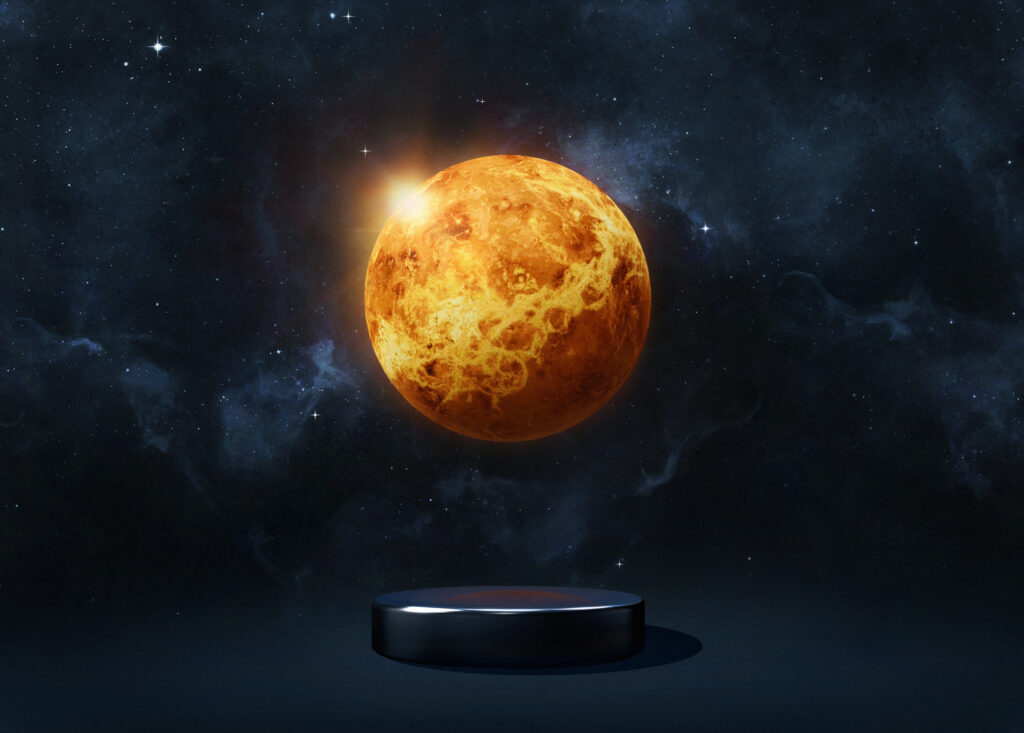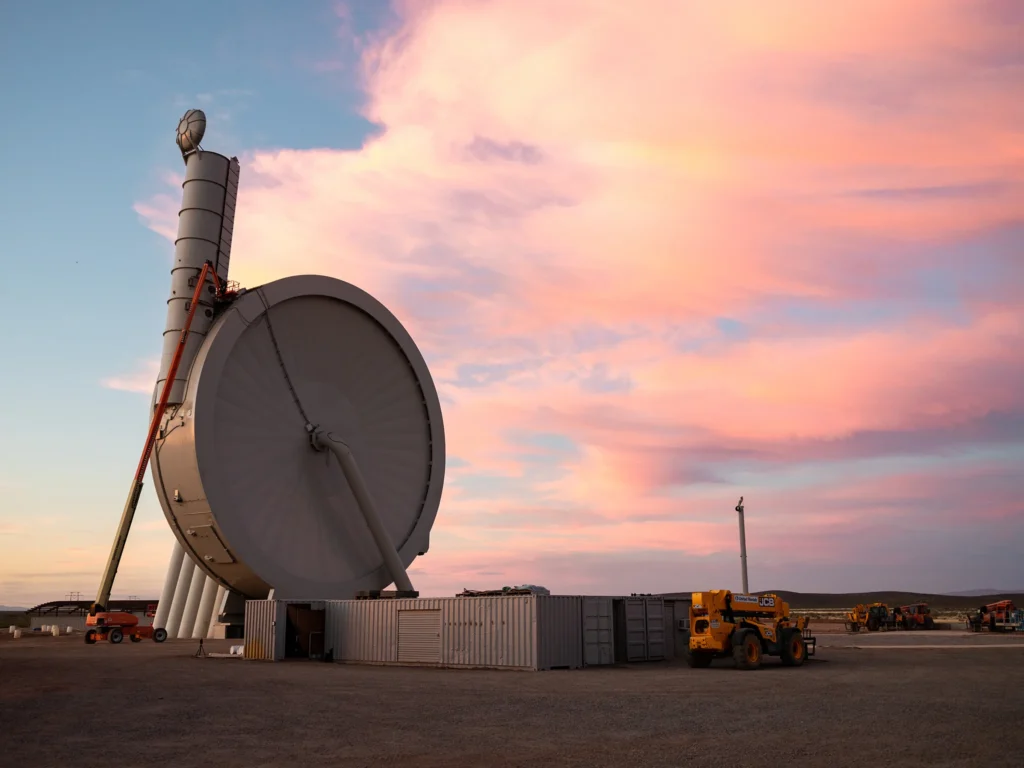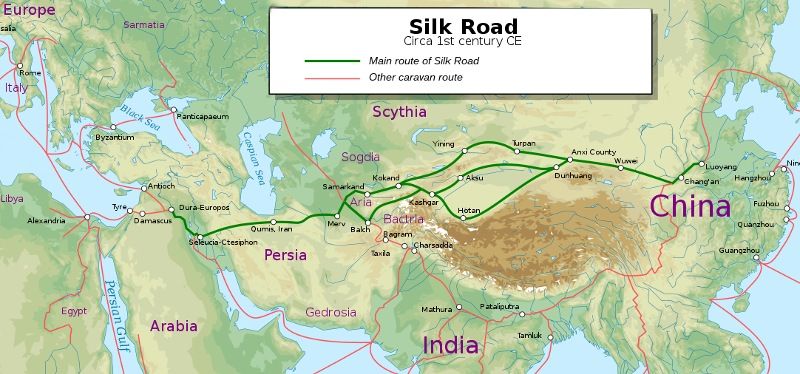First an ‘artificial sun’ and now an ‘artificial moon’ – it seems China wants it all.
Achieving an extraordinary feat that reflects Chinese ambitions to conquer space, China has built a low gravity moon-like facility that will be used to test equipment for lunar missions. At the time when the US is planning to revisit the Moon, China is taking a different approach to solidify its presence on the Moon. Chinese scientists have succeeded in creating a facility that could simulate lunar gravity. The artificial Moon will be used to test tech for the lunar surface.
Lunar gravity is just the sixth of Earth’s gravitational pull. Low gravity can pose several technical problems for lunar missions, especially those involving more extended lunar stays. That is why Chinese scientists decided to build an artificial moon inside a vacuum chamber to test the effect of low gravity before sending lunar missions.
Interestingly, the whole endeavor is inspired by an experiment that involved a frog and levitation. In that experiment, scientists were able to levitate a frog using strong magnetism. The phenomenon is known as diamagnetic levitation. It involves the application of a powerful magnetic field that pushes the individual magnetic field of all the atoms that constitute the object into one direction, thus being able to levitate it.
The Artificial Moon is To Facilitate Future Space Exploration
With the new facility, which is 60 cm long in diameter and works as a vacuum chamber, Chinese scientists aim to create low gravity conditions similar to the lunar surface. Interestingly, the facility is also equipped with stones and dust similar to the Moon, thereby making conditions that accurately mimic how it’s on the Moon. The China National Space Administration will use the facility to test equipment intended for future lunar missions. For example, could a 3D printer work in a low gravity environment and can be used to build structures on the Moon.
The artificial Moon could provide a reliable way to solve technical problems that could otherwise cost future missions to the Moon. Moreover, it could potentially expand our understanding of the lunar conditions and provide us with a more precise idea of the viability of a human base on our natural satellite.
Li Ruilin, the project’s lead researcher, commented, “It is the first simulator of its kind in the world.” He also emphasized its effectiveness and said that it can make gravity “disappear.”
China’s Artificial Moon Reflects Its Ambition About Space Exploration
China is rapidly expanding its space program, and Moon seems to be its primary target. It should be noted that China is not part of the Artemis Agreements.
It’s a pact by the United Nations, which highlights the need for “peaceful collaboration between nations as a fundamental basis for space exploration and promotes transparency in their scientific and exploration missions.
China’s recent Moon mission Chang‘e 5, detected water on the Moon’s surface, making it the first nation to do so. It seems that China has an extensive plan for our natural satellite, and its artificial Moon will surely help it expand space exploration at a rapid pace.



